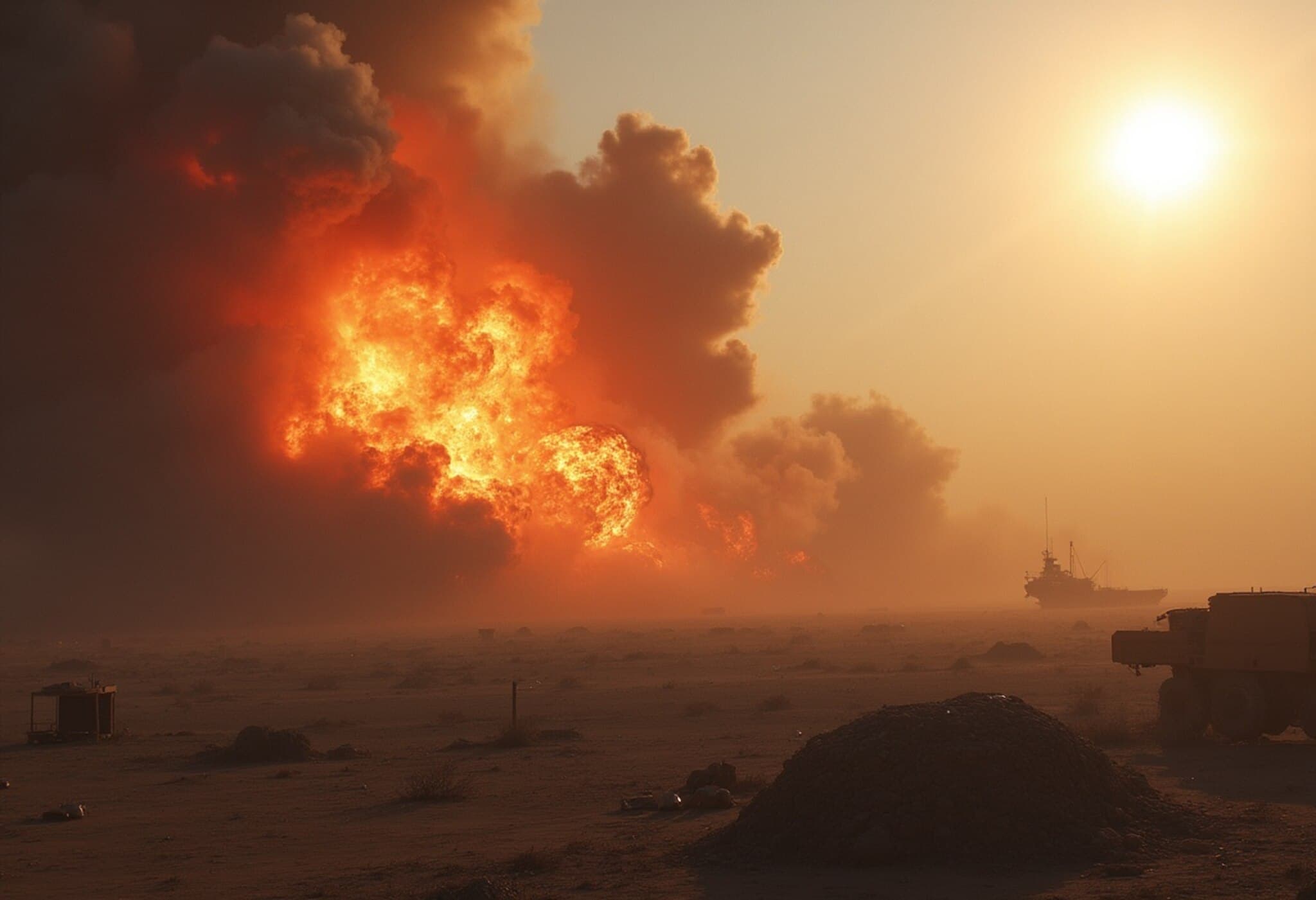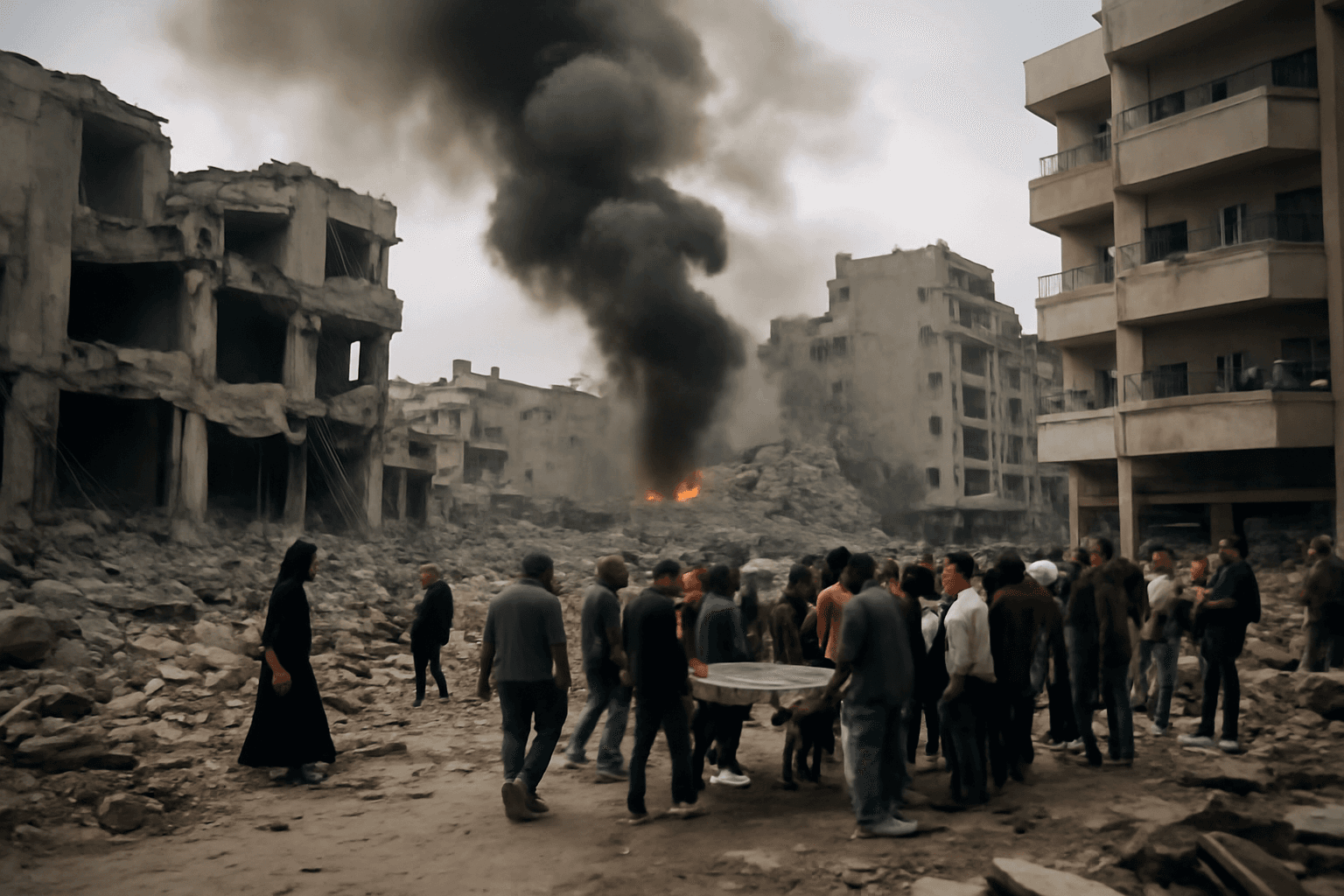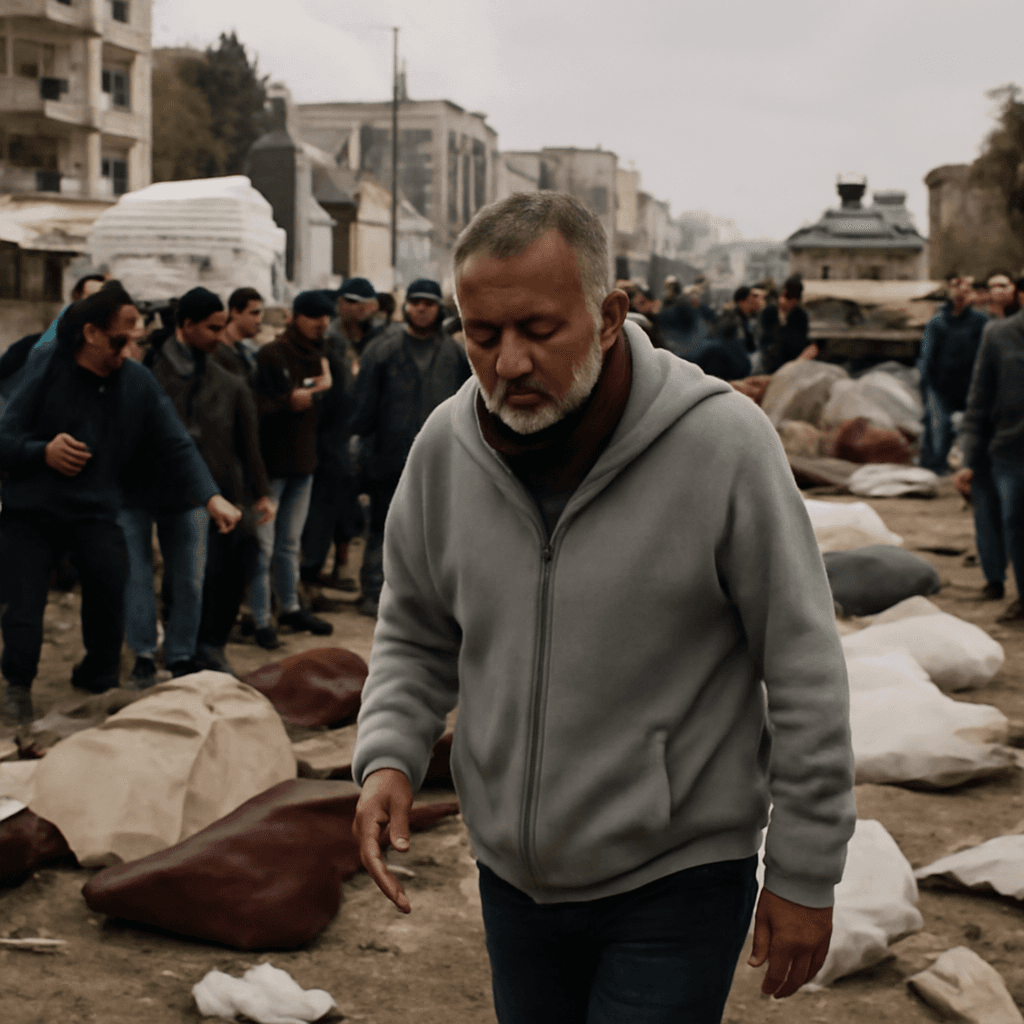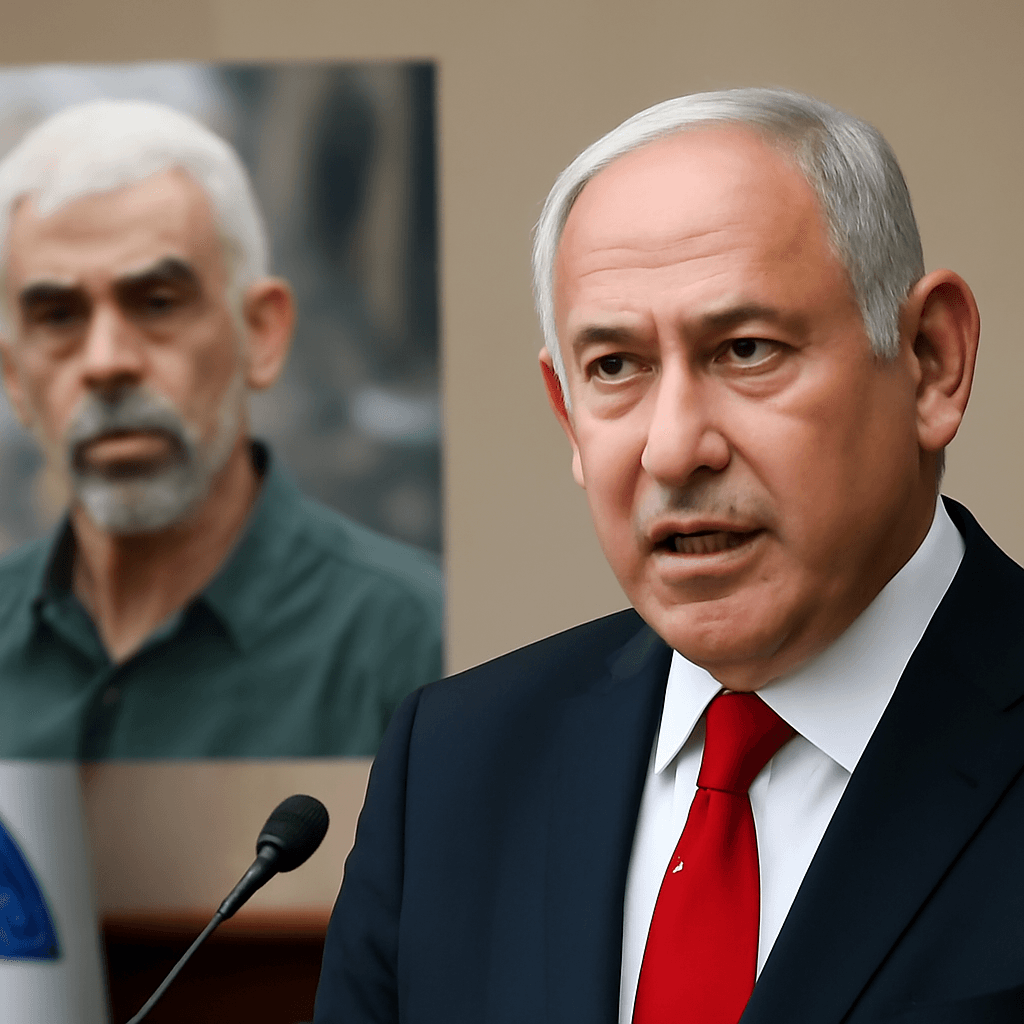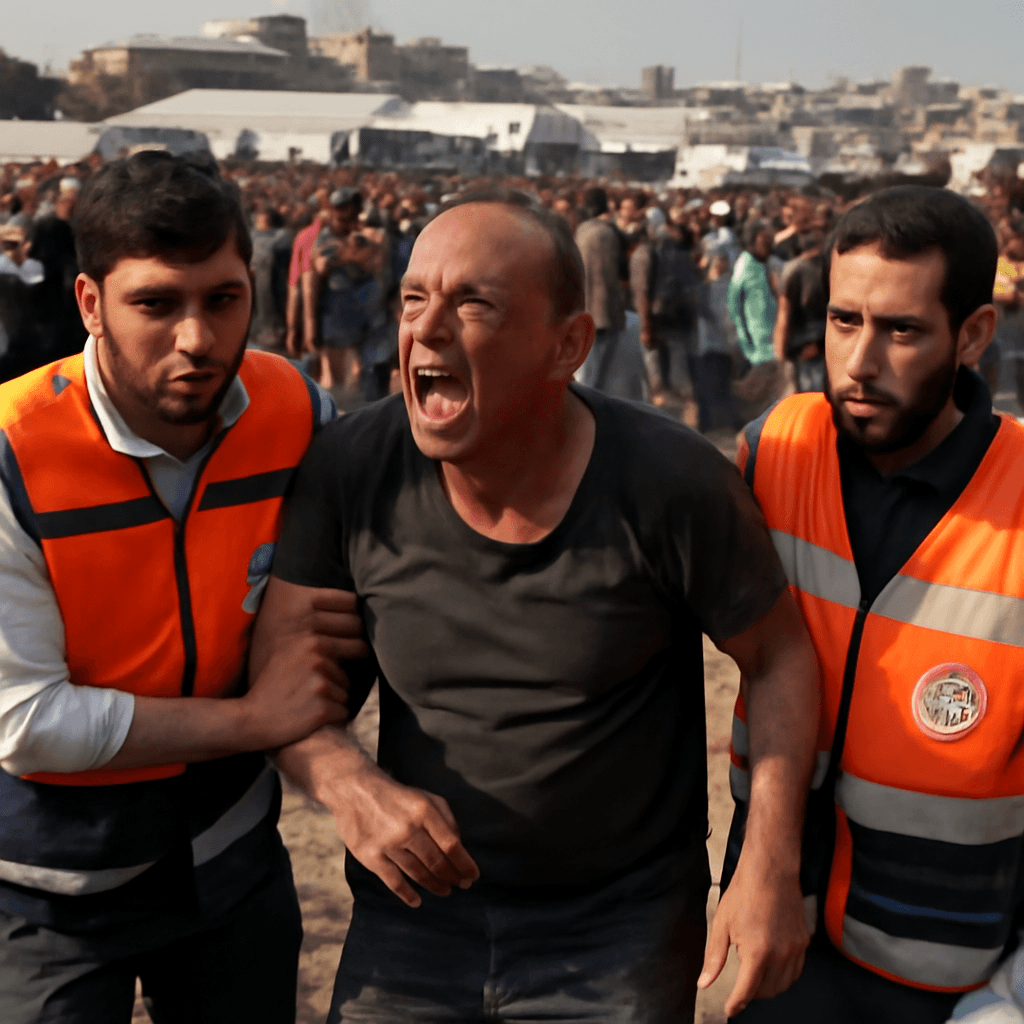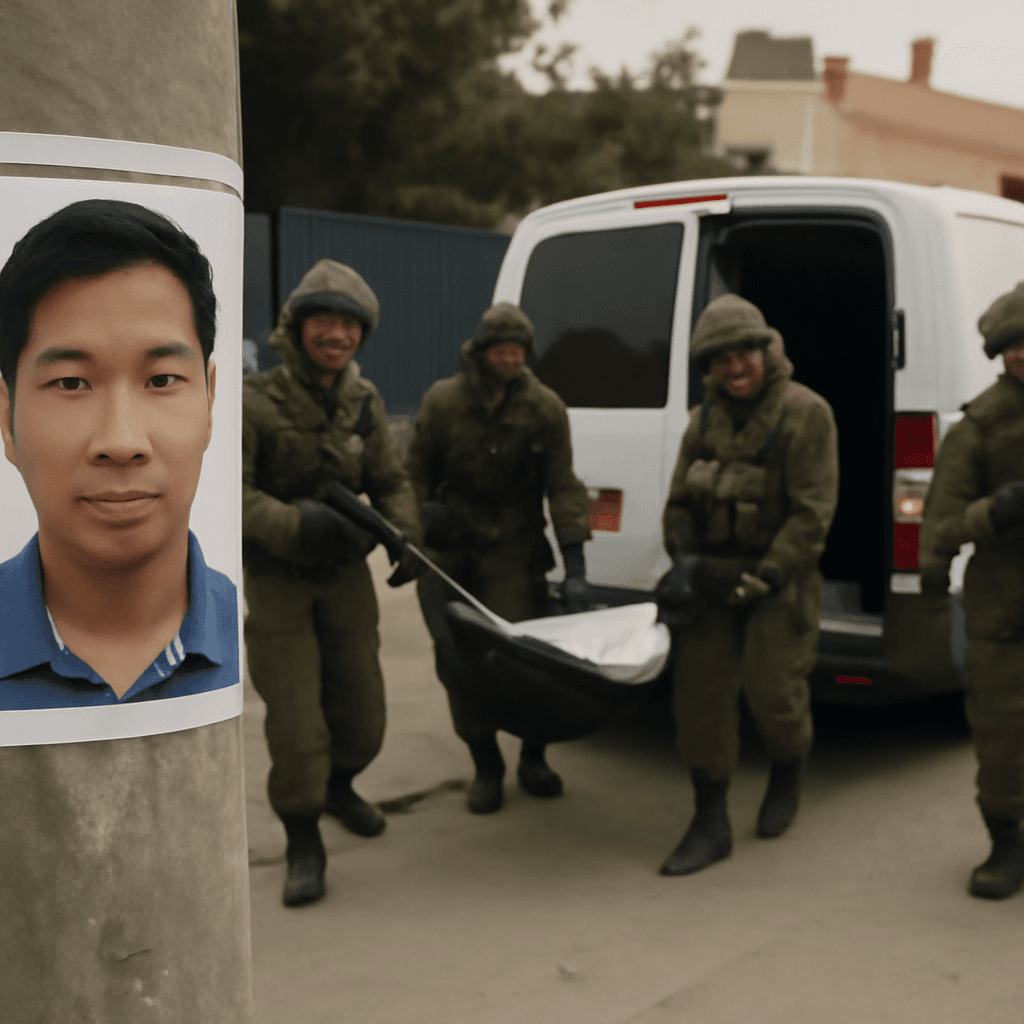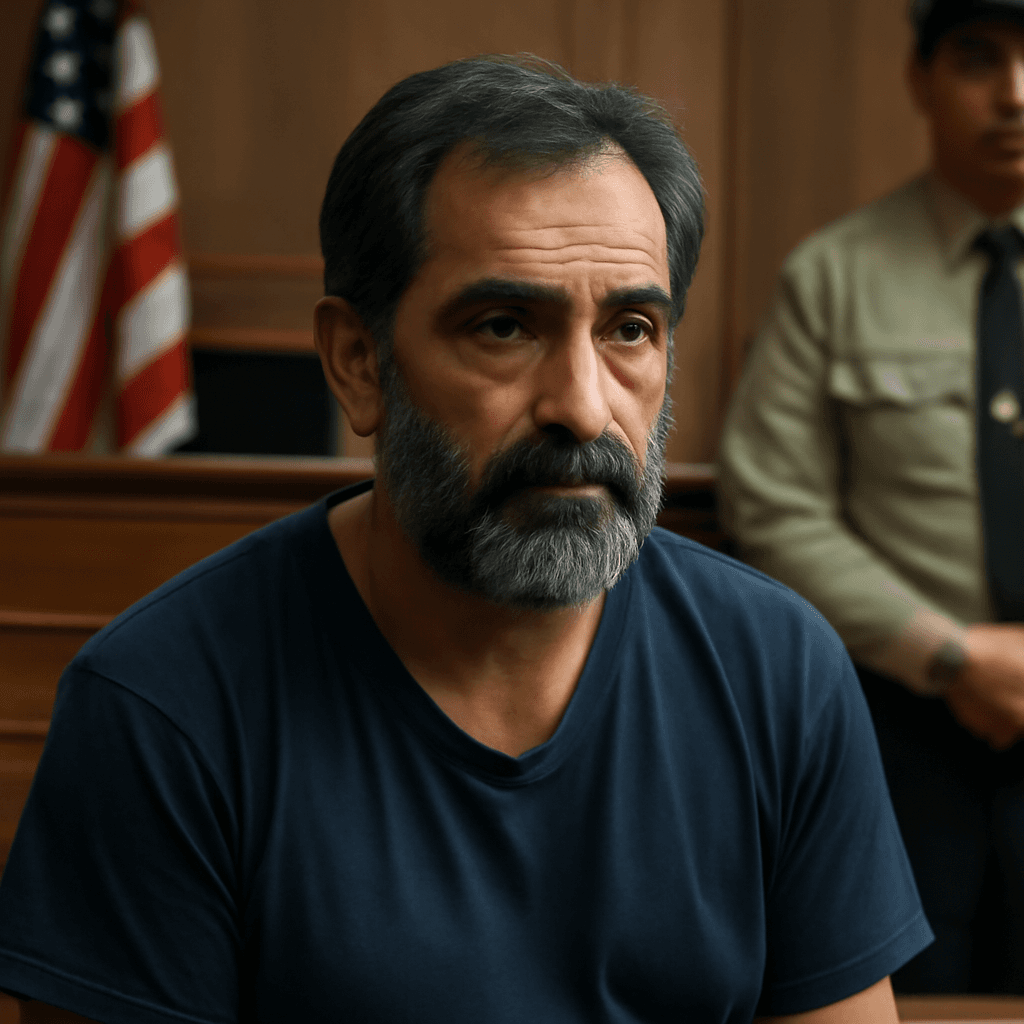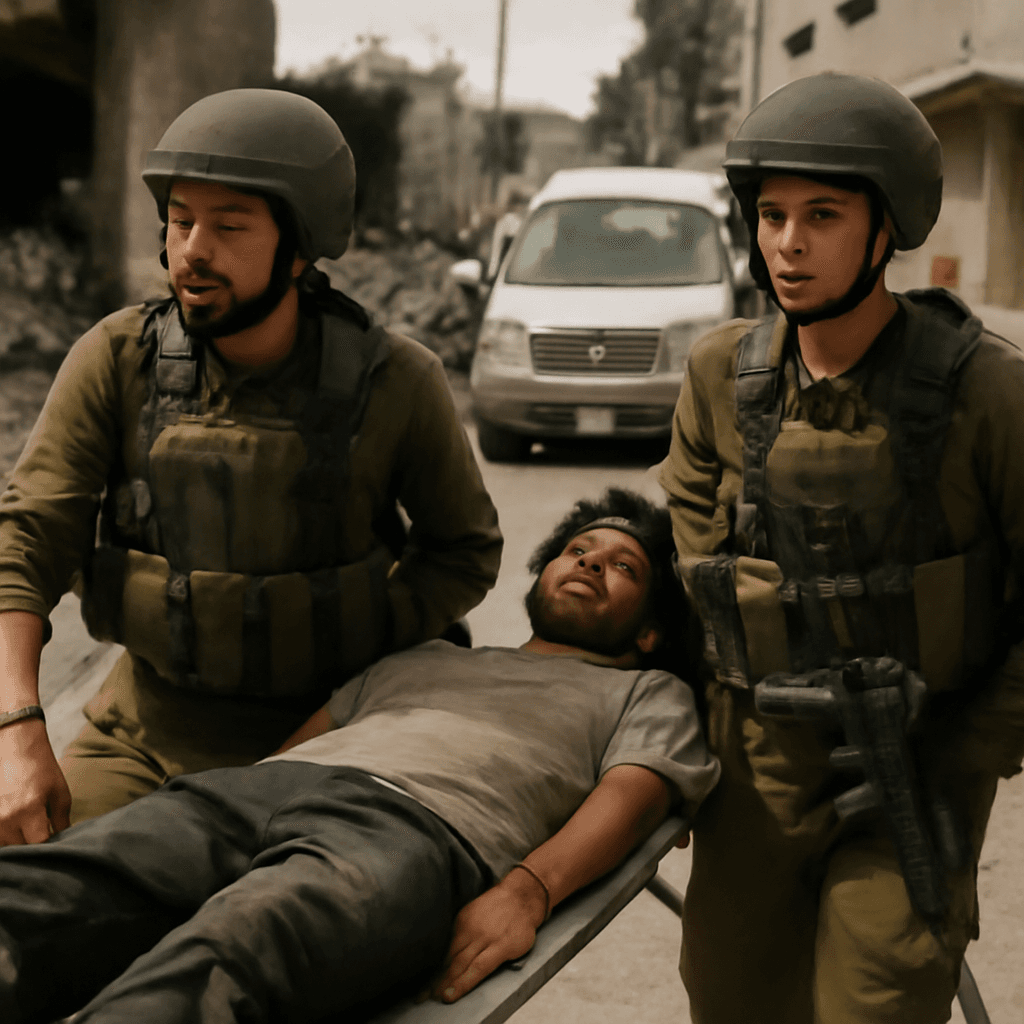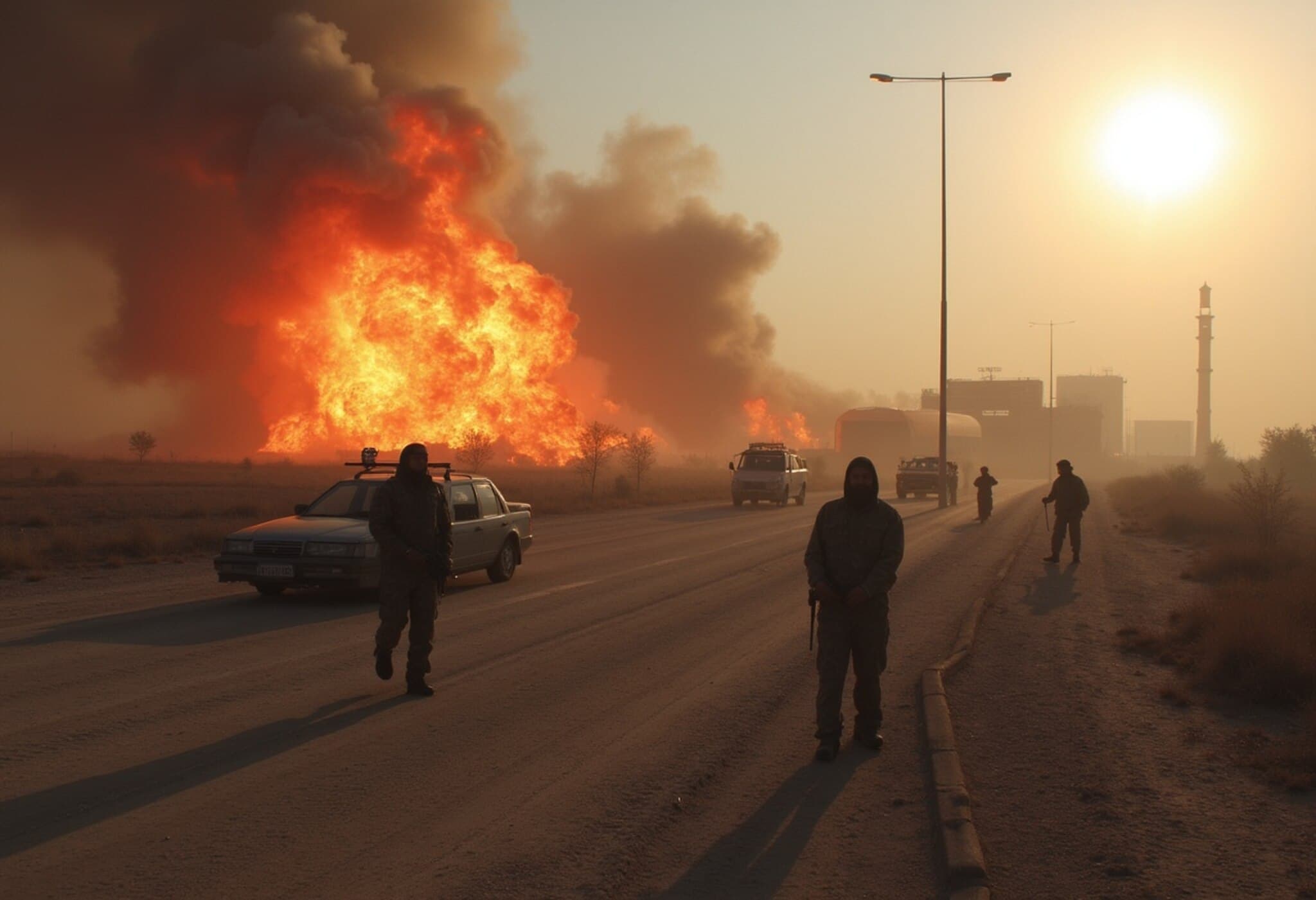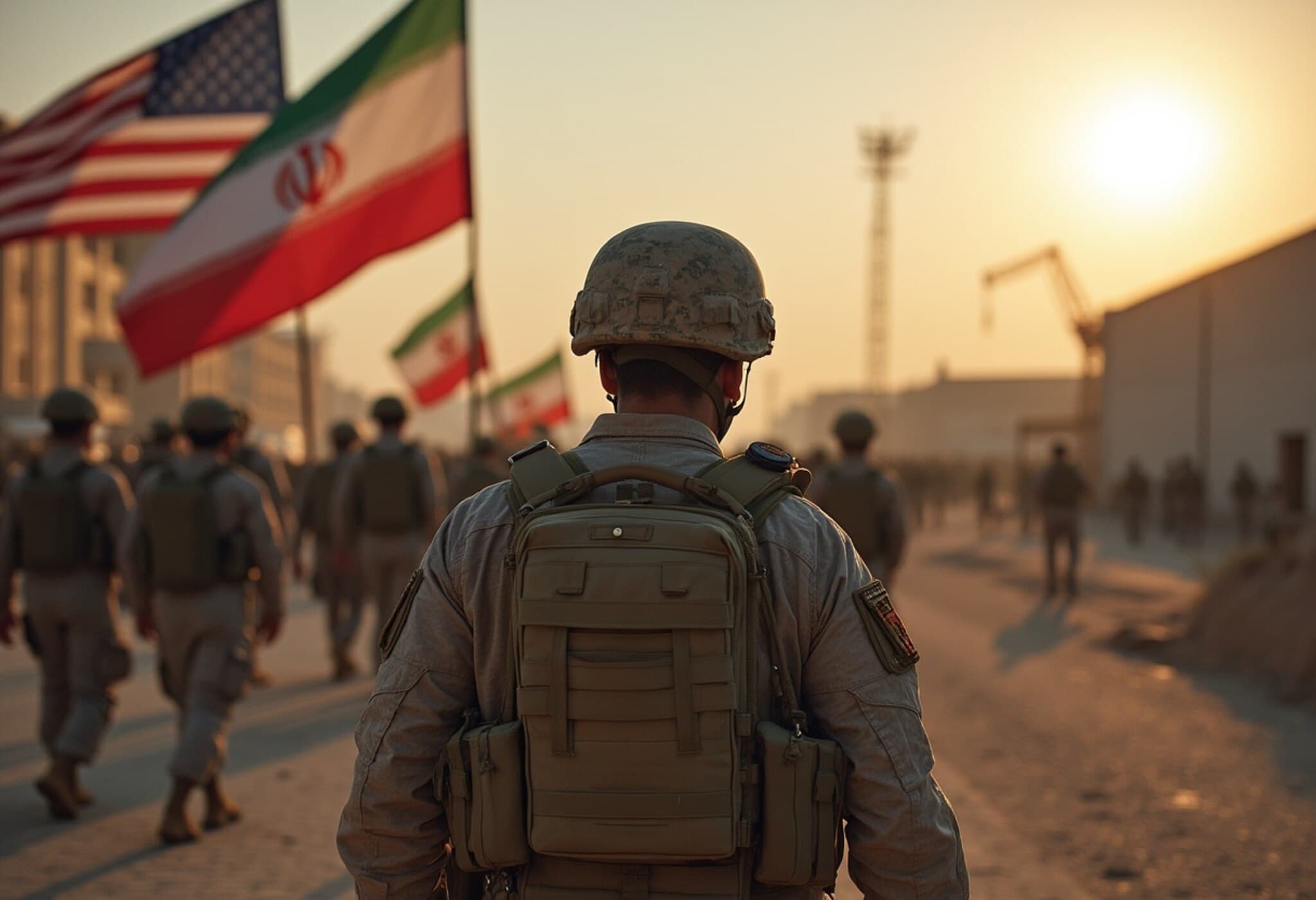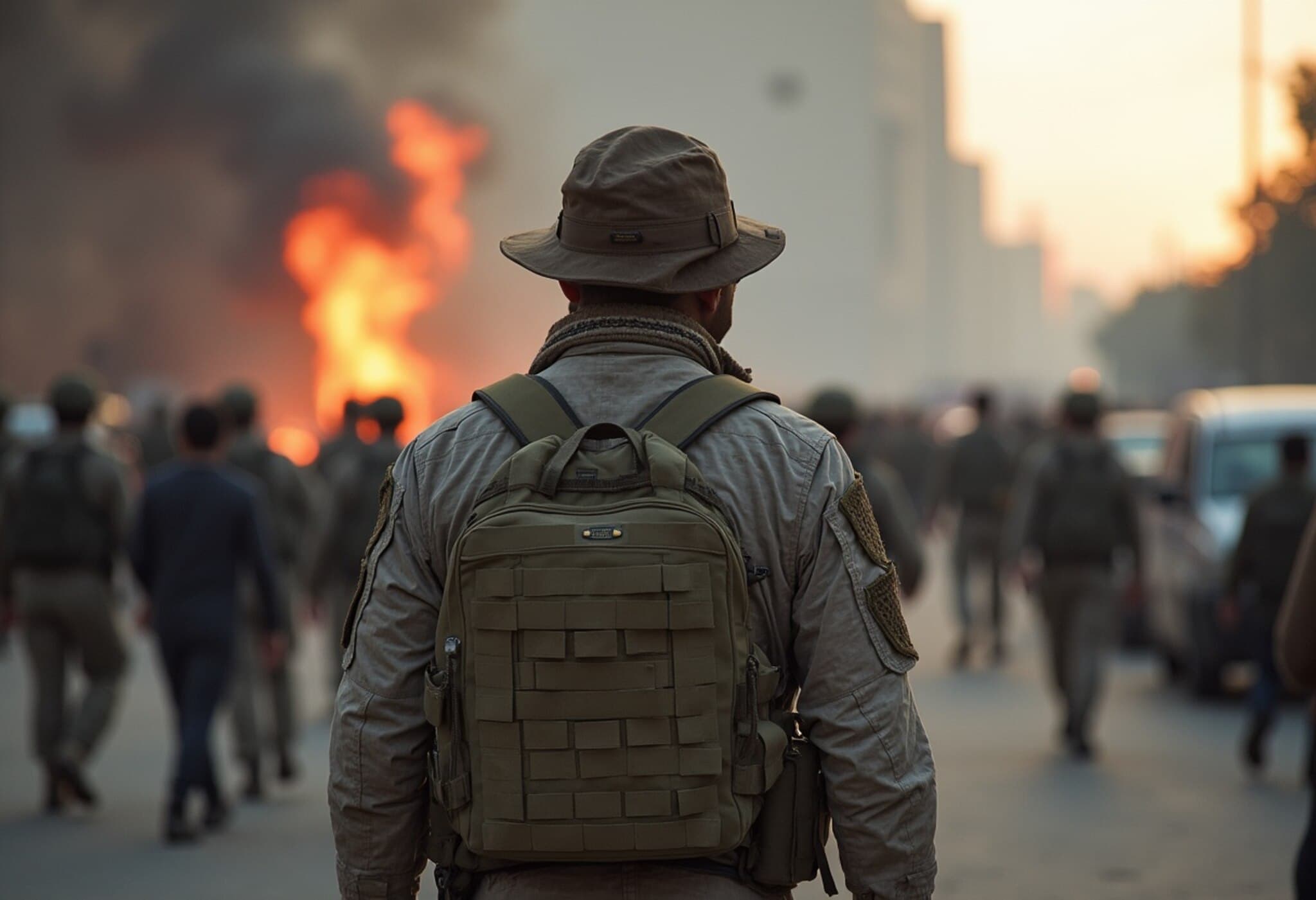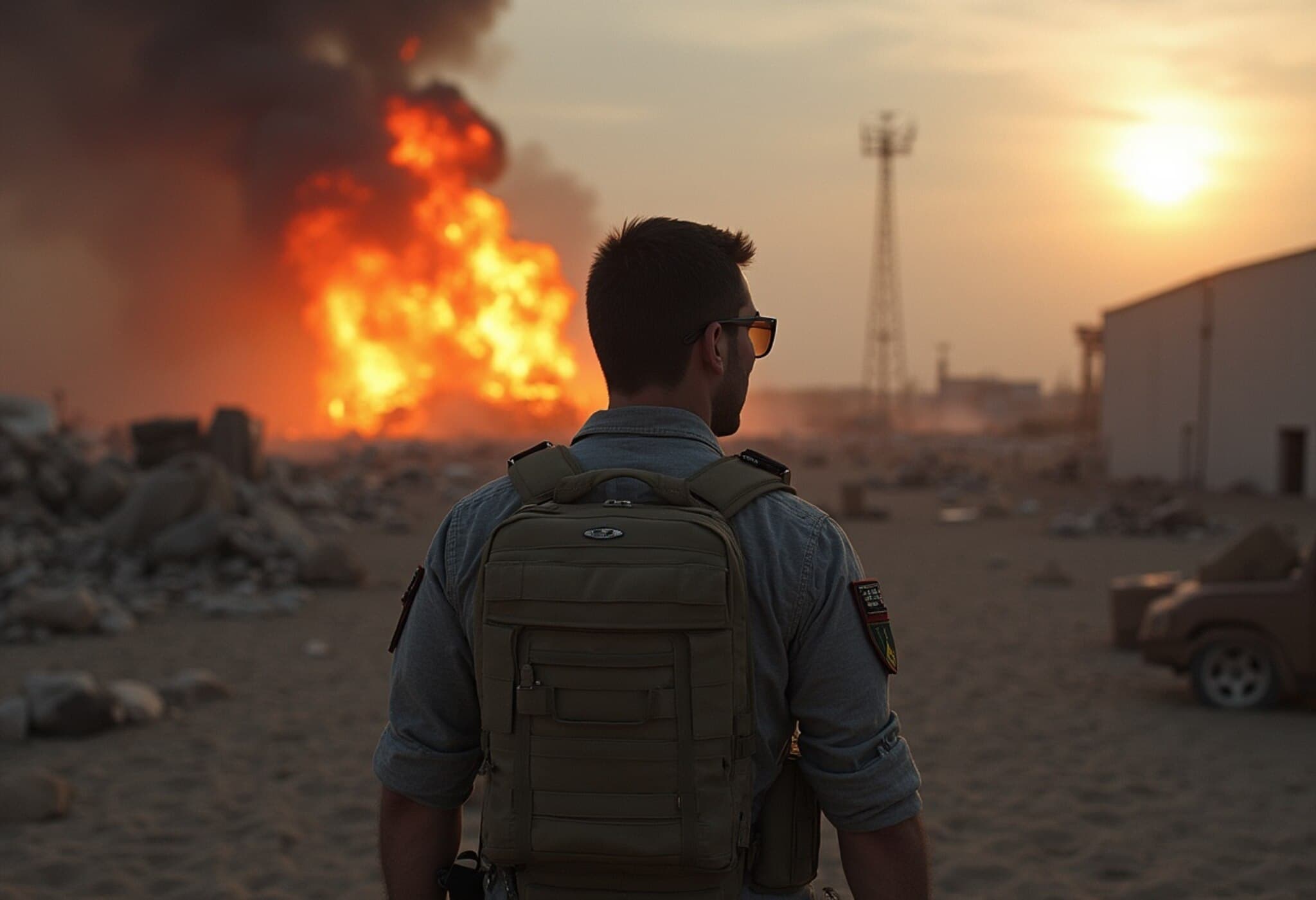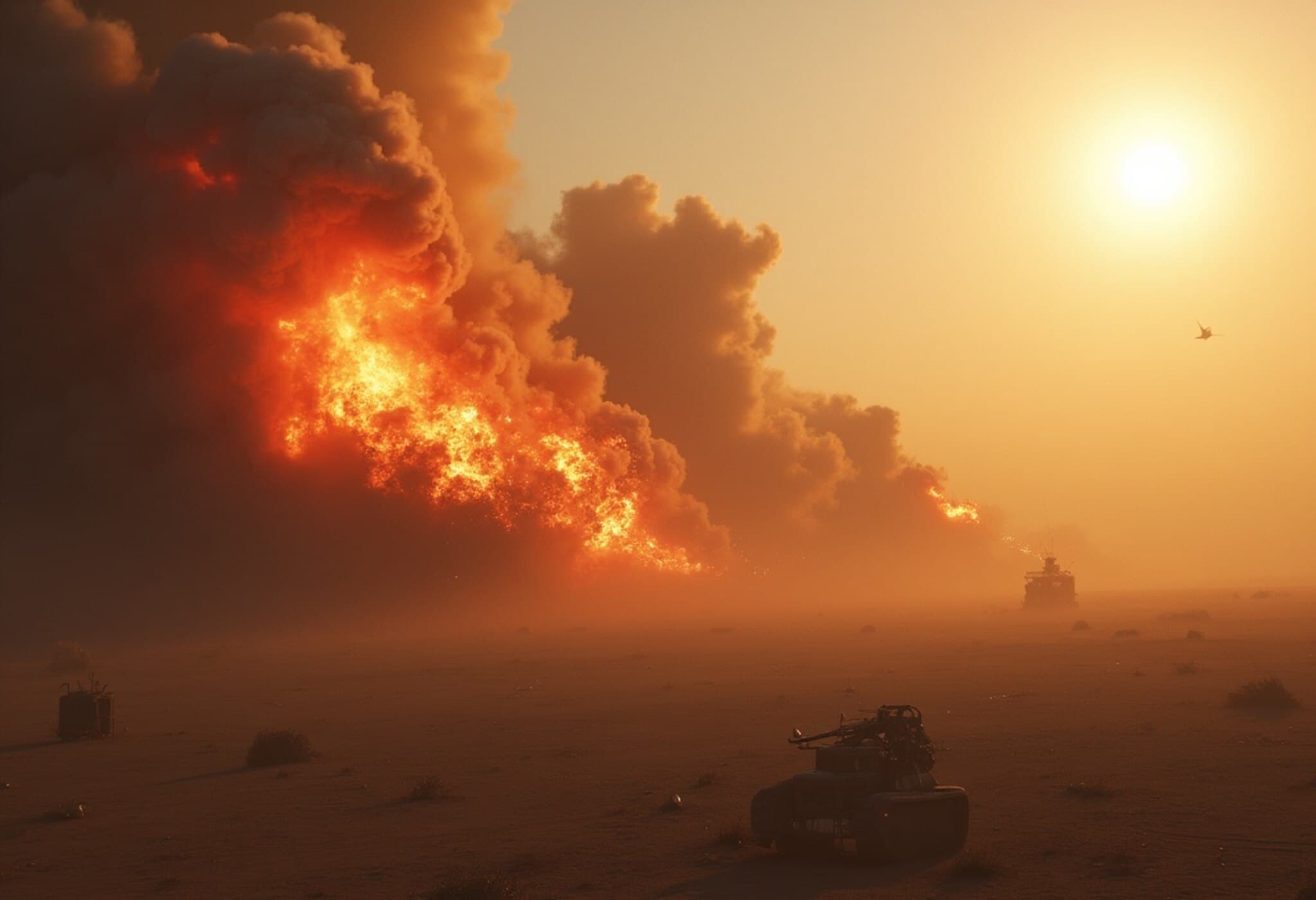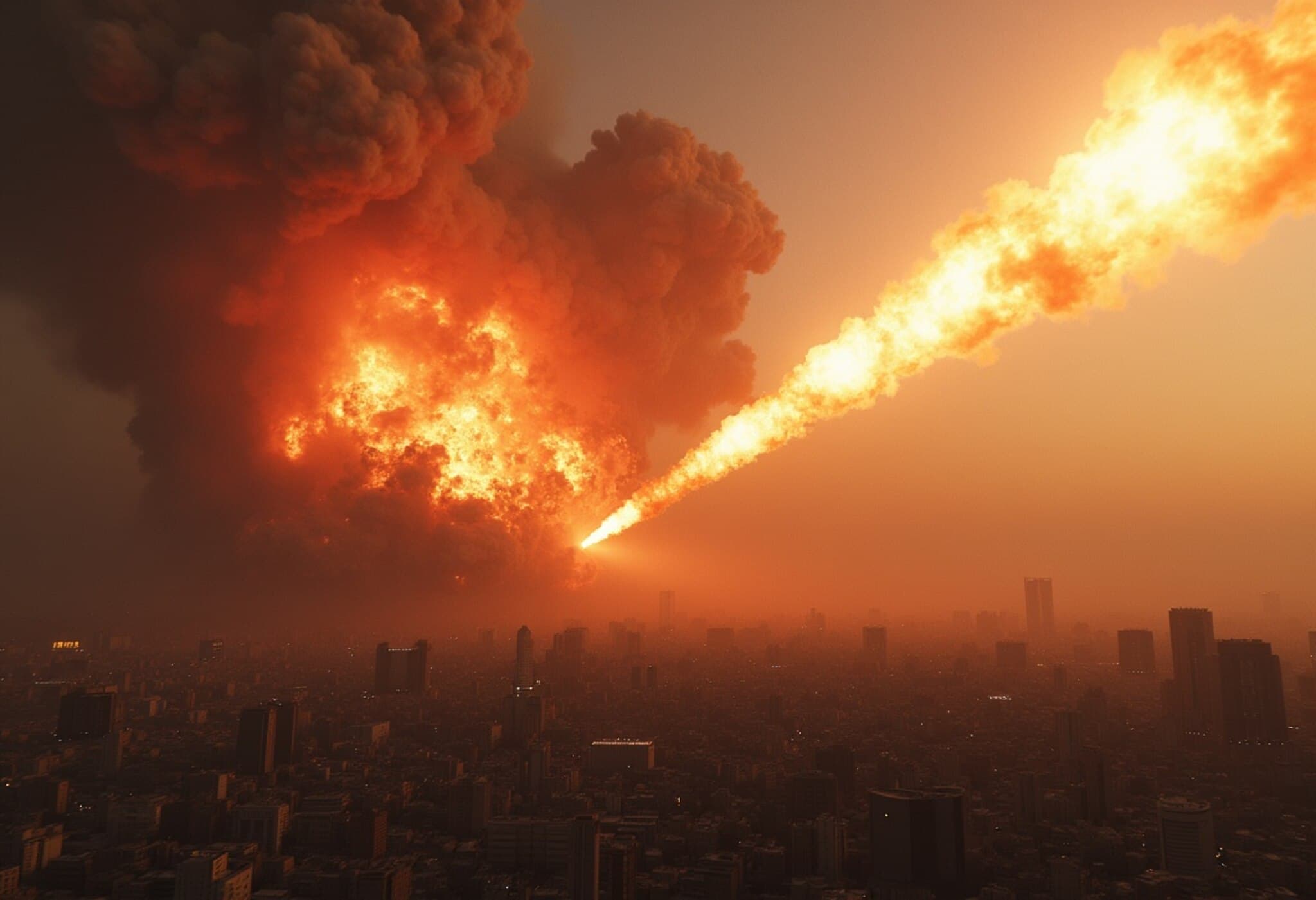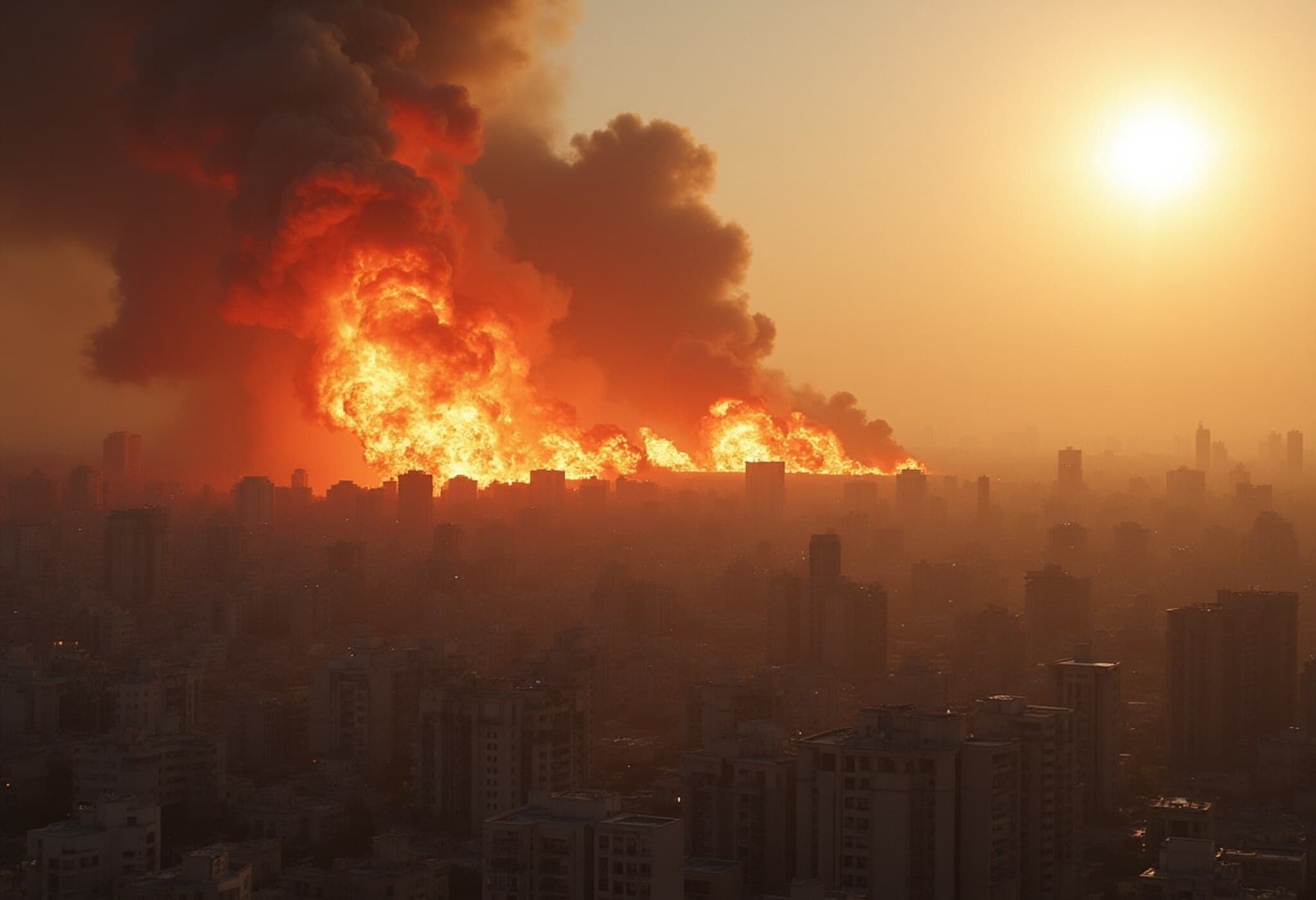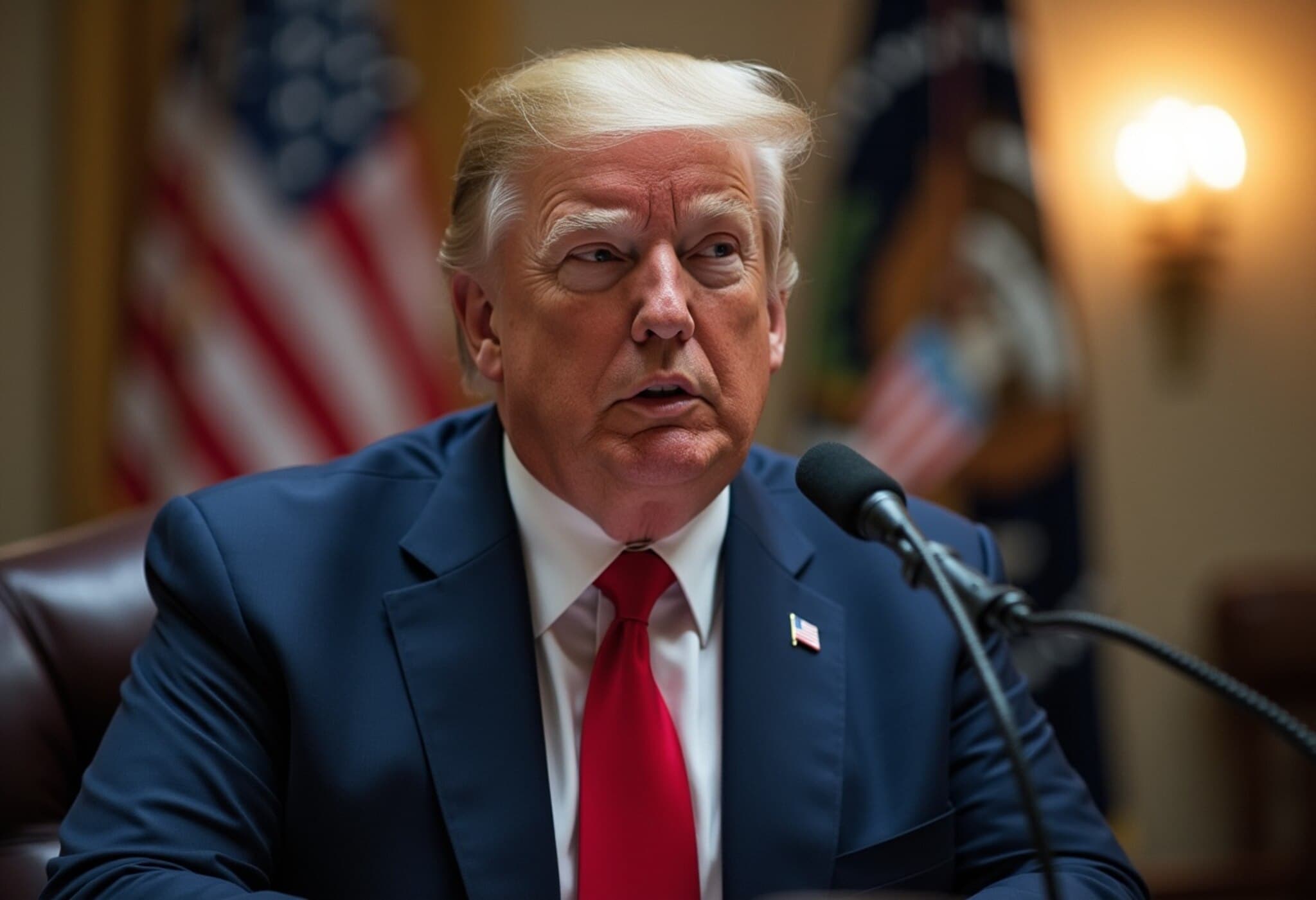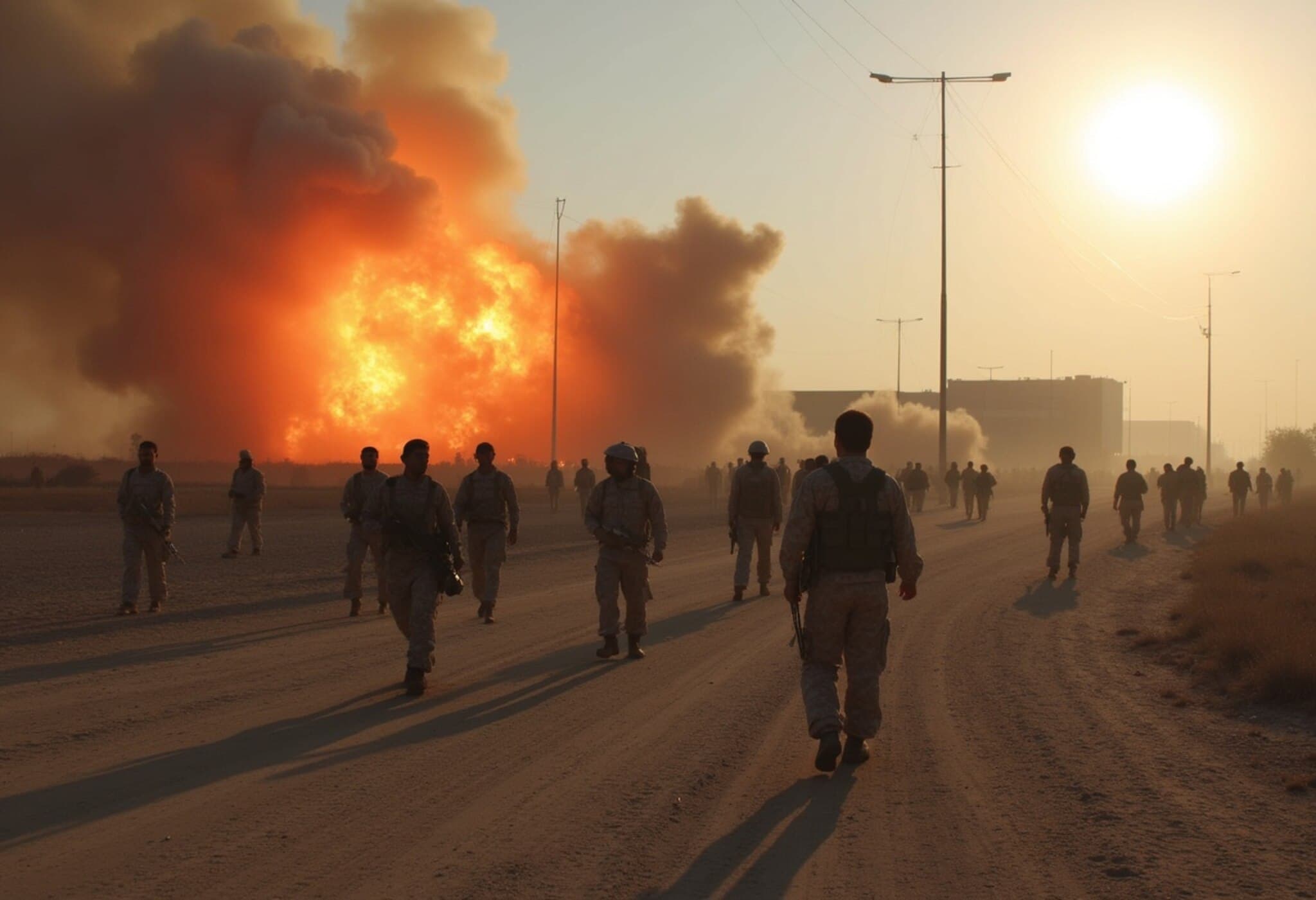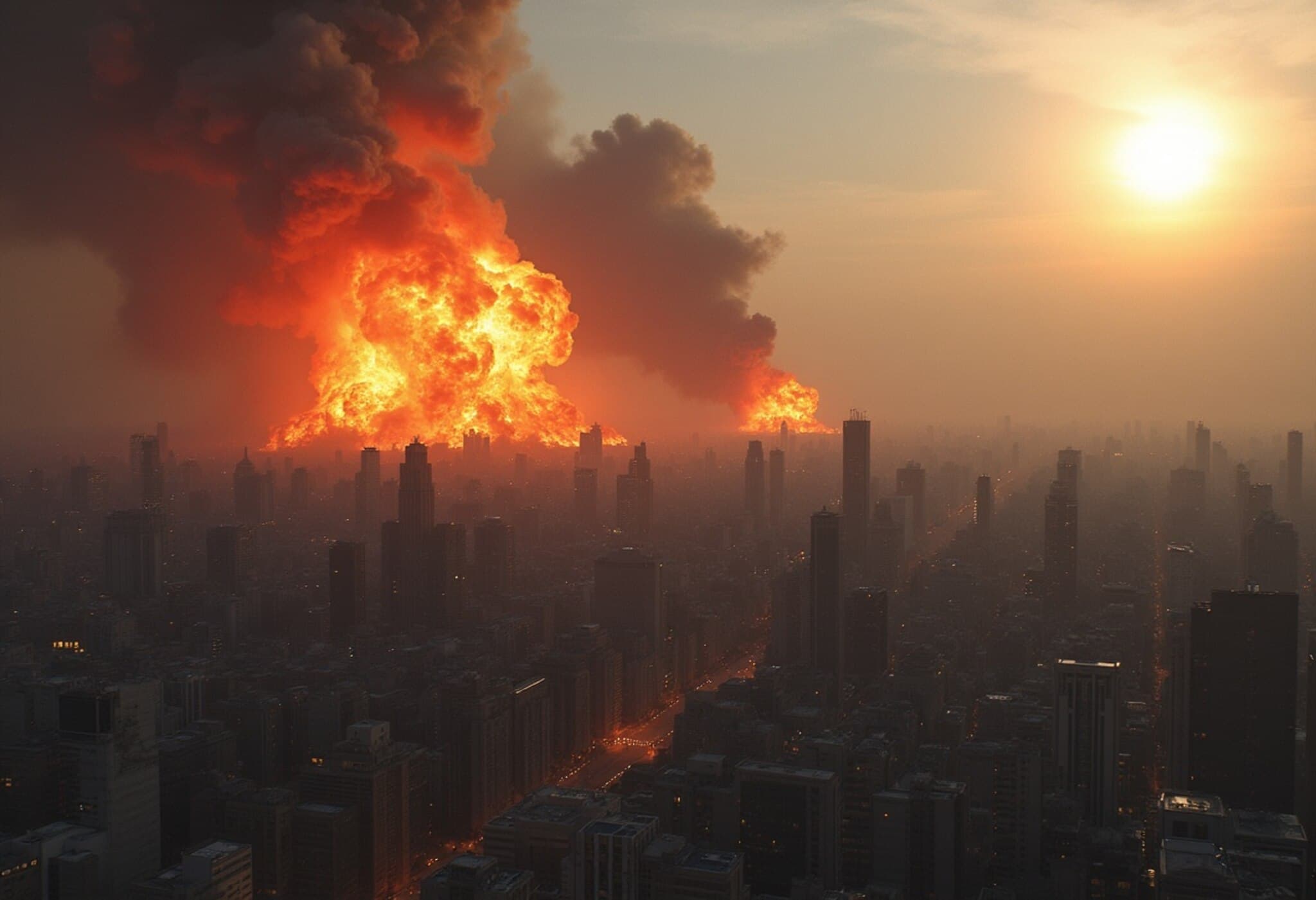US Targets Key Iranian Nuclear Facilities in Major Airstrike
In a significant escalation of tensions, the United States launched coordinated strikes on three major Iranian nuclear sites: Natanz, Esfahan, and Fordow. Former President Donald Trump announced that the attack was a "very successful" operation aimed at crippling Iran's nuclear capabilities.
Details of the Attack
Trump revealed that six bunker-buster bombs were deployed against the Fordow nuclear facility, while around 30 Tomahawk missiles targeted other sites. These strikes reportedly involved B-2 stealth bombers capable of carrying large payloads necessary for the deeply buried Fordow plant, which is nestled beneath a mountain south of Tehran.
“A full payload of bombs was dropped on the primary site, Fordow. Fordow is gone,” Trump declared in a social media post, urging Iran to negotiate peace or face further attacks.
Diplomatic Overtures and Regional Context
Despite the military action, US officials communicated diplomatically with Iran, clarifying that the strikes do not aim to overthrow the Iranian regime or prompt additional immediate attacks. Trump was expected to deliver a televised address reaffirming that no further strikes were currently planned.
These military moves come amid ongoing aerial exchanges between Iran and Israel, which first launched attacks against Iranian targets on June 13, citing concerns over an imminent Iranian nuclear weapons program. Iranian officials maintain that their nuclear activities are peaceful.
International and Domestic Reactions
Israel publicly confirmed coordination with the US on the operation and reported continued missile exchanges with Iran. Since the conflict's escalation, at least 430 Iranians have died and over 3,500 injured, while Israel reported 24 civilian casualties and more than 1,200 injuries from Iranian missile strikes.
In the United States, the attack has stirred debate within Congress. Some lawmakers have questioned the constitutional authority of such military actions without explicit congressional approval. Republican and Democratic voices alike have expressed concern, with some emphasizing that the conflict primarily involves Israel rather than direct US interests.
Moving Forward
The sudden US intervention marks a sharp intensification of efforts to halt Iran’s nuclear ambitions but also ratchets up regional volatility. While the strikes have dealt significant damage to Iran’s nuclear infrastructure, the path ahead remains uncertain as diplomacy struggles to contain the rising tensions.
Key Takeaways
- US forces struck three critical Iranian nuclear sites: Natanz, Esfahan, and Fordow.
- Six bunker-buster bombs destroyed Fordow’s underground facility.
- Approximately 30 Tomahawk missiles targeted other locations.
- Diplomatic engagement continues alongside military operations, with US signaling no current plan for regime change.
- Significant casualties reported on both Iranian and Israeli sides amid ongoing hostilities.
- US Congressional leaders debate the legality and implications of the strikes.

